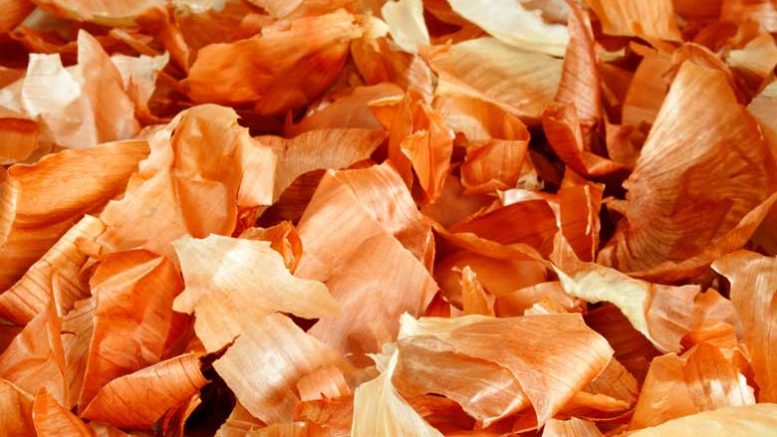|
Click to listen to this article
|
In both the food industry and households alike, onion skins are typically viewed as waste, as they’re not fit for consumption. Although some creative uses for onion peels exist – such as turning them into natural dyes or adding them to compost – most of these skins end up discarded in landfills. This often-overlooked byproduct contributes to food waste, despite its potential for other applications.
However, an innovative start-up is working to change that narrative by transforming onion skins into something far more impactful: sustainable packaging.
Renuka Ramanujam, CEO of HUID, and Dr Marie Rapin, Chief Scientific Officer, are working towards using waste onion peels to develop a cardboard-like material, as well as an alternative to flexible film.
While still in the R&D phase, HUID is tackling two major environmental issues simultaneously – reducing agricultural waste and providing a sustainable alternative to plastic. This breakthrough not only minimizes reliance on plastics but also serves as a viable substitute for traditional paper and cardboard packaging, which, while more eco-friendly than plastic, still consumes valuable natural resources.
SOURCE: M&P ENGINEERING

